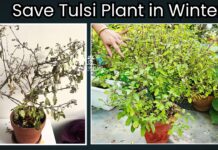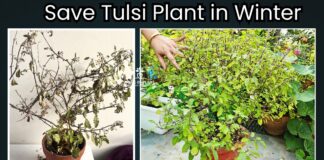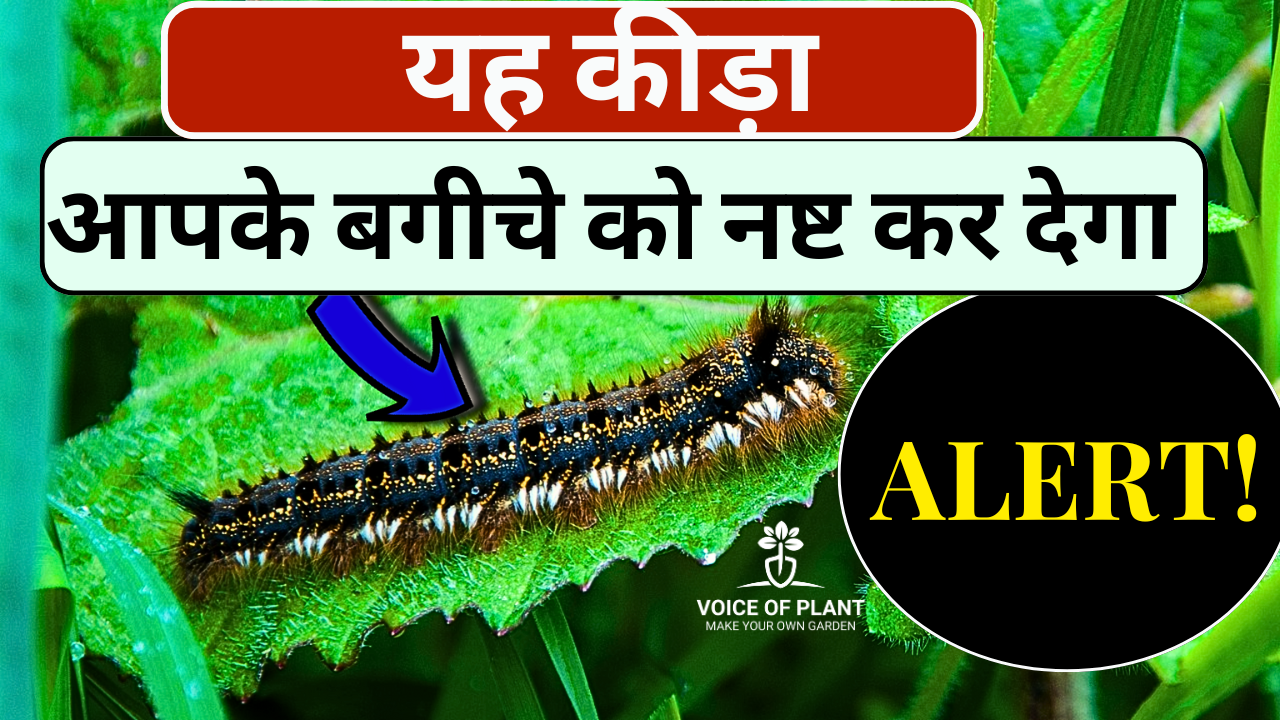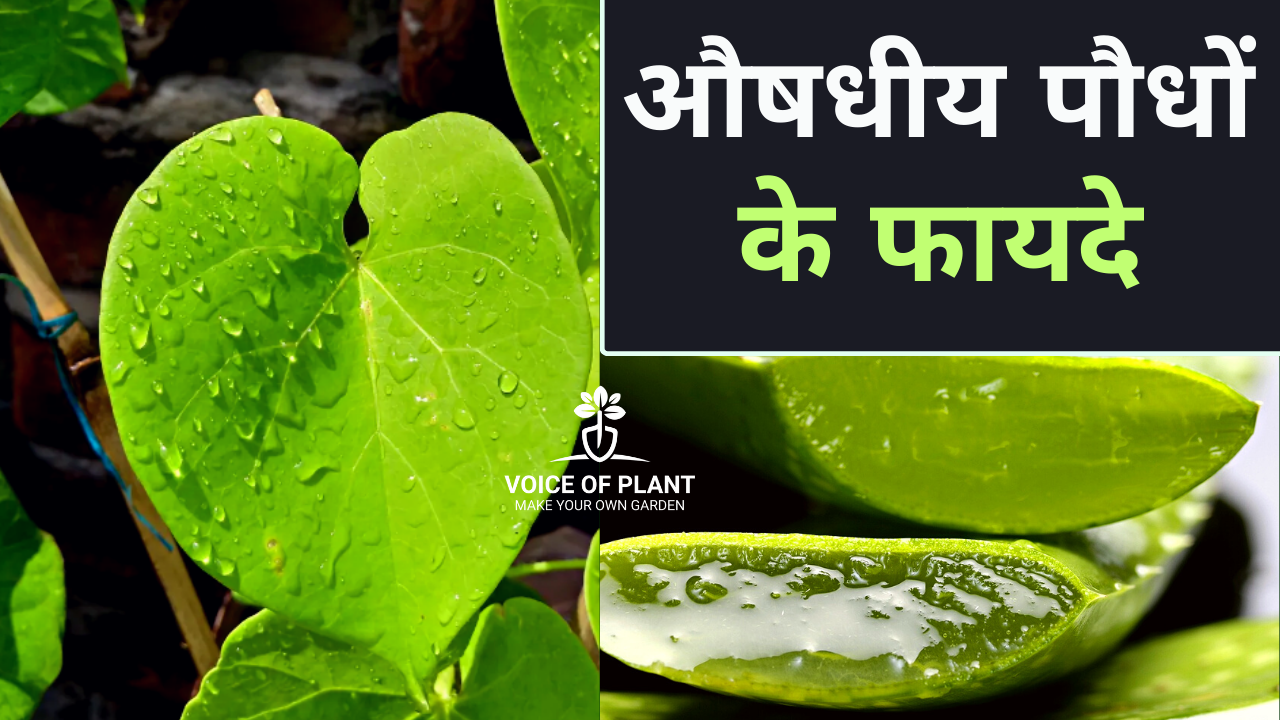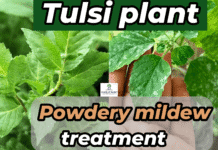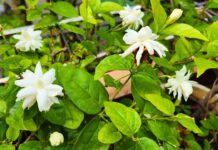Monsoon Gardening: 16 Tips for Healthy Plants: The monsoon season brings much-needed relief to plants after the scorching heat, but also brings unique challenges. Prolonged moist conditions can last for 2 to 2.5 months, increasing the risk of root rot, especially in indoor plants.

Many flowering plants are also susceptible to damage and pests thrive during this season. It is important to take special precautions and understand which plants, vegetables, cuttings or fruits are best suited for this season. This guide will cover all aspects of gardening in the monsoon, from necessary precautions to getting started.
16 Tips for Monsoon Gardening
1. Remove all damaged and spoiled plants
After a harsh summer, many plants may wither or become damaged. While it is normal for seasonal plants to decline, even hardy plants can succumb to extreme temperatures.
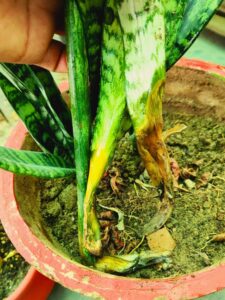
After the rains begin, give your plants a week to recover. If they don’t bounce back, it’s time to remove them from your garden. Collect any empty pots to assess how many new plants you can add.
2. Pruning of plants
Pruning is essential to make plants denser and healthier.
- As the monsoon season starts, remove yellow leaves and dead stems of indoor, outdoor, winter, or summer plants.

- Avoid hard pruning during this time; focus on light pinching instead. This helps control stem elongation and ensures plants stay bushy, with healthy leaves and flowers.
3. Soil care during monsoon season
During summer, mulching with cocopeat is common, but loosening the soil is difficult. Now is the time to care for your soil.

- Remove unwanted weeds, loosen the soil to improve its texture, and add necessary fertilizers.
- Pruning the grass reduces the chances of fungal attacks and prevents the formation of green algae on the soil’s surface.
- Loosen the soil weekly to promote healthy plant growth.
4. Maintaining garden cleanliness
The monsoon season demands extra attention to garden cleanliness:
1. Keep all dry items, like leaves, fertilizer packets, and soil bags, covered to prevent them from getting wet and attracting insects.
2. Prevent water stagnation around your garden area, which can attract mosquitoes and cause drainage issues. Regularly check and clear any debris that may clog the drainage system.
3. Dispose of any garbage promptly to avoid creating a problematic situation.
5. Selecting seeds for monsoon gardening

Choosing the right seeds is crucial during the monsoon:
1. Vegetables: Pumpkin, bottle gourd, bitter gourd, ridge gourd, lady finger, tomatoes, eggplants, chilli, coriander, and mint are ideal for planting.
2. Flowers: Petunia, hybrid vinca, and sunflowers can be planted now, regardless of their typical season. Most flowers thrive during the rainy season.
3. Avoid: Winter vegetables and capsicum during this season.
6. Protect delicate plants
Some plants do not thrive in excessive water and need protection from direct rain. Here’s how to manage them:
1. Succulents and Hardy Plants: Keep them away from direct rain.
- Examples include Echeveria, Crassula ovata, Aloe vera, Coleus, Hybrid vinca, Kalanchoe pinnata, and Dumb cane, etc.

2. Limited Rain Exposure: Croton, Rose, Chrysanthemum, Aglaonema, Areca palm, and Adenium can handle rain occasionally but should be moved to the shade afterward.
3. Outdoor Plants Tolerant of Rain: Tulsi, Curry leaf plant, Hibiscus, Gandhraj (Cape jasmine), Madhukamini (Orange Jasmine), and Madhumalti (Rangoon creeper) can generally withstand rain and thrive with proper care.
7. Rainwater Harvesting

Rainwater is excellent for plants, so collect it in containers.
- Use this water for plants that typically don’t like direct rain exposure.
- Indoor plants that are not kept directly in the rain can also benefit from this natural water.
8. Indoor plant care
Indoor plants can struggle during the monsoon due to lack of light, high humidity, and poor air circulation. To keep them healthy:
1. Avoid overwatering: Check the soil by tilling it and only water if the soil is dry halfway down the pot. Wait a day after tilling before watering.
2. Ensure adequate light and ventilation: Use grow lights to compensate for the lack of natural sunlight.
3. Prevent pests and fungal attacks: Use an organic neem oil and fungicide that acts as a fungicide, insecticide, and disease preventive.
9. Pesticides for Outdoor Plants

Monsoon season is prime time for pests. Protect your plants with neem oil spray.
10. Plant propagation
Monsoon is ideal for propagating plants from cuttings:
1. Soft Cuttings: Plants like Money plant, Portulaca, Mint, Syngonium, Monstera, and ZZ plant can be propagated in water.
- Ensure the container is clean, change the water regularly, and avoid direct sunlight.
2. Hard Cuttings: Rose, Bougainvillea, Hibiscus, Mogra, and Aprajita plant cuttings can be propagated in moist sand.
- Keep them in a shaded area, maintain moisture, and avoid disturbing them.
Must read:
How to grow plants from cuttings
11. Repotting and Root Pruning
Monsoon is a good time for repotting and root pruning. However, avoid hard pruning during this season.
Check here: How to repot a plant
Must read: How to do root pruning of plants
12. Chrysanthemum plant Care

If you have Chrysanthemums, winter-flowering plants, need special care during the monsoon.
- Prepare them for blooming in October by pruning, checking soil conditioning, propagating from cuttings, and repotting as needed.
Check here:
How to care Chrysanthemum plant
13. Shopping for Plants
Visiting a nursery during the monsoon is a treat.
- You will find a wide variety of plants, but be sure to select only healthy ones. This is the perfect time to shop for new additions to your garden.
14. Use of Organic Fertilizers

While fertilizers are generally not recommended during the monsoon due to natural growth conditions, they can be used if plants are under stress:
1. Healthy but not flowering: Use banana peel fertilizer.
2. Small and not growing: Use mustard cake or groundnut cake fertilizer.
3. Regular pest attacks: Use neem cake powder fertilizer.
For general growth, follow these guidelines:
1. End of July: Apply onion peel fertilizer.
2. End of August: Apply seaweed liquid fertilizer.
15. Waterproofing
Gardening can cause roof cracks, leading to leaks during the rainy season.
- Use “Tapcrete” mixed with cement to fill and seal any cracks, preventing water seepage and protecting your home.
16. Care of fertilizers and tools during monsoon

1. Prevent rust: Clean tools with a rag and paint them once a year to avoid rust.
- Use WD-40 on pruners if they become tight.
2. Store fertilizers properly: Keep them covered and dry to prevent fungal growth.
By following these tips, you can keep your garden healthy and thriving during the monsoon season.
Are you not sure, which vegetables and flowers to grow in winter season. Check here our expert guide:
Winter Gardening ideas: Vegetables & Flowers to Grow
—————————-
Follow our Social media channel:
1. Voice of Plant – YouTube Channel
2. Voice of Plant Facebook Page
3. Instagram Voice of Plant Channel
Happy Gardening!


